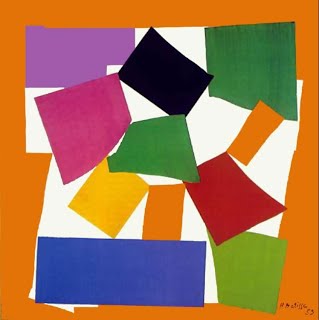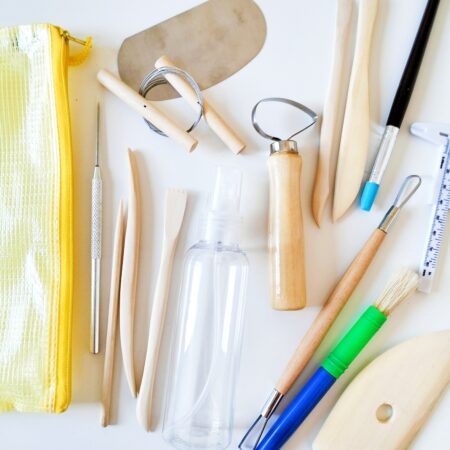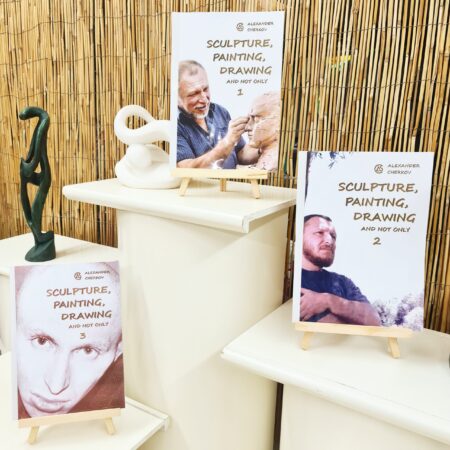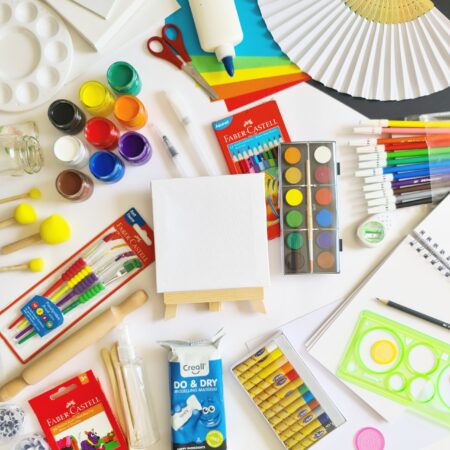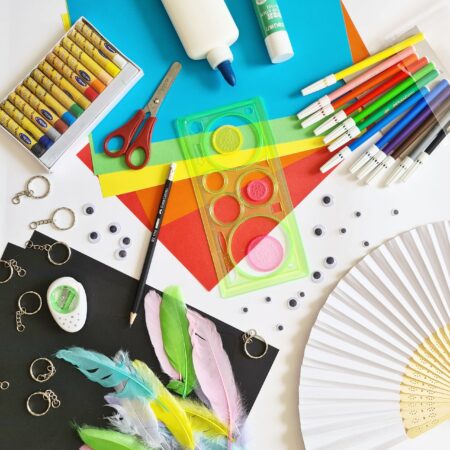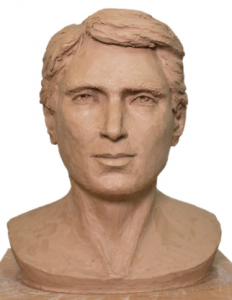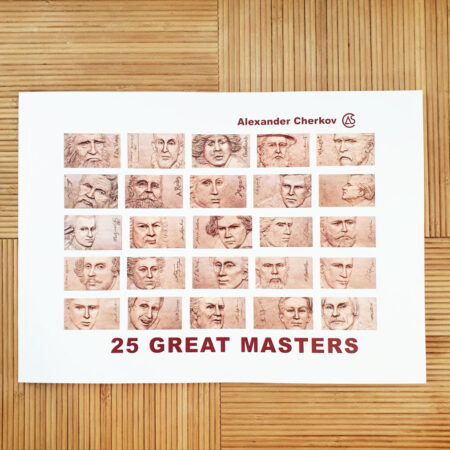Here are tips on home art therapy, for applying therapeutic art techniques for coping during the corona period.
"Art exists so that reality does not destroy us" - Friedrich Nietzsche
The corona has surprised the routine of our lives, we all share a sense of uncertainty and control over our agenda. In such a sensitive period, the need to seek a routine for strong mental health intensifies and this is where art comes in, perhaps more relevant than ever to serve as an anchor. Now, when we spend a lot of time at home, and are prevented from taking part in cultural and leisure activities, flights abroad, exhibitions, concerts, theater and others, windows of time and an unfulfilled cultural need are created, inviting creation, convergence, the space can be a unique opportunity. Explore the inner self. Art is accessible to everyone and no artistic experience is required. Art is a reflective window and connecting bridge, a unique, powerful and authentic encounter between the inner world and the outside world, alongside all difficulties. Art can be a powerful way to deal with stressful times and find the opportunity for development. .
Art therapy in a nutshell - is an emotional therapy in expression and creation, which allows through creative processes in different materials and reflective observation of the process and products - expression of the inner world, conscious and unconscious, listening to emotion, understanding behaviors and thinking within a supportive, enabling and inclusive therapeutic framework. Through internal connection and creating beneficial change.
In clinical settings the treatment is provided by a certified art therapist. However, you do not necessarily need a professional to enjoy the benefits of mental health inherent in artistic expression.
Home Art Therapy Tips for Applying Therapeutic Art Techniques for Coping in the Corona Period
First of all, it is worth talking and explaining to children about the corona, not in a detailed way that can be threatening, but in simple words that children can understand, that they will feel that they are not alone and the whole world experiences the corona like them in one way or another. This is in order to broaden the child's perspective in relation to his feelings but still recognize his personal experience as unique and has a place of its own. When the reality around them is unexplained, children tend to develop their own explanations of reality, which will not always go well with them and evoke negative emotions. Some children have difficulty expressing emotions in words, so art can be a way to help them express themselves. It is important to have a conversation with the children that can arise from play and creativity. Parents can promote the benefits of the artistic process with the help of the tips offered from the world of art therapy.
Home creative space
Create a creative space for children to express themselves, with a variety of art materials, a space that allows the child to be free to experiment and mess around. It is recommended to organize a permanent place at home so that the child will always feel that this place exists, is waiting for him and is his. If you don't have the option of a permanent place, organize a box with all the materials that will be portable and available to the child. It is desirable that the creative space include a range of materials ranging from dry - wet / hard - soft / two-dimensional - three-dimensional / colorful - achromatic / materials from nature or that are at home and are not needed and can be used for creation, also, different types of paper, cartons, magazines , auxiliary equipment for creation such as scissors, glue and the like. It should be noted that different substances can evoke a range of emotions and it is worth knowing and adapting for the child substances that will allow him to express himself freely and will not evoke negative feelings due to lack of success or emotional flooding with uncontrolled substances. (Recommended list: scissors, hole punch, staples, eraser, sharpener, glue, match and pins, Japanese knife, ruler, pencils, pens, markers, papers of different sizes, thicknesses and colors, oil pastels, wax crayons, pastel crayons, charcoal, fixative, Gouache paints, watercolors, various brushes, jars, plaster, molds, clay, plasticine, sculpting tools, creative materials such as: glitter, moving eyes, embroidery threads, fabrics, sequins, pipe cleaners, beads, stickers, materials and collections from nature: stones , clams, sticks, various scraps: toy parts, rolls of paper, boxes and more.)
The creative process
The creative process can begin with choosing a child’s favorite materials, colors, and textures. Dear parents, try to avoid giving instructions, do not tell the children what to prepare and how to prepare, but encourage them to experiment and discover materials, new techniques and especially to discover themselves. The use of art as a tool to relax or as an emotional outlet is primarily about the artistic process and not about the final work. Encourage children to focus on the enjoyment of the process, without aesthetic criticism of the creative process and the products.
Encourage conversation
Give importance to the creative process and encourage conversation about the child's art in questions such as "Tell me what you did", "What do you enjoy?". Allow children a safe place to create, to feel interested and supportive of their artwork. When creating, do not suggest additions or modifications. It is important that the children feel satisfied with the work and themselves, even if you think there is more to add or correct, keep your opinions inside and create art for yourself.
Art Therapy Tips - Creative Ideas with an Emphasis on Dealing with the Corona:
Soothing Circles Technique. Color and circular motion allow a sense of calm, distraction from worrying thoughts, focus and release of emotions. Materials needed: paper, pencils or colored markers. Offer your child to draw a round shape (not a perfect circle!), And fill it in different colored shapes. If the child spends a lot of time creating the circle, offer him to draw with the other hand, the less powerful. Sometimes such a short warm-up exercise can help overcome a reluctance from an empty white shelf and help the child relax and stimulate his imagination. In a similar exercise, one can consider the round shape of the corona virus and use a circular technique in an encounter with the corona.
Doodle technique. Another way to relieve the initial tension that can be created at the beginning of the creation process is by free scribble on the sheet of paper, when from the spontaneous scribble the child together with the parent, continue the scribble through finding and creating an image from it. Depending on the child's need for his own space, it is possible to continue creating the images from the scribble on the same page or on separate pages. As a sequel to the exercise, you can call each image by name and make up a story.
Safe place technique. While the corona is raging outside and the familiar, academic and social frameworks are not conducted in an orderly manner, there is a need for a safe place that will be a supportive and inclusive framework for all mental content. Offer your child to create artistic expression in their safe place. The process can be accompanied by guided imagery. If the child chooses to sculpt, it is advisable to choose a suitable substrate that will hold the work in a stable and safe manner. If the child has chosen to draw, it is advisable to pay attention to the frame of the work.
Anchor creation technique. The corona has confused the familiar routine and fills the future with uncertainty. To create a sequence in the experience it is recommended to find symbolic anchors in different ways. For example, offer the child to choose prominent elements that will accompany him in a series of works. Repetition can illustrate the sequence and connections between different parts. In addition, it is desirable to encourage the child to create in his free time but it is also possible to set a fixed time for creation, which will not change with external changes beyond the child's control. It is recommended to encourage freedom for the child in planning and doing, in order to increase the child's sense of ability and control.
Technique of creating a timeline. Sometimes every day in the corona looks the same and you no longer remember what it was like before the corona and are afraid to look at what is to come. It is recommended to develop a daily personal diary through writing, drawing and creating. Documenting experiences in a diary illustrates the difference and uniqueness of everyday experiences and allows a safe place that will contain all the feelings and thoughts that pass and accumulate, that you can go back and look at everything that has passed from another place, from a broader perspective. Another way to create a timeline is to suggest that the child create a series of works that each describe: "How do I remember my life before the corona? Why do I miss? Why do I not miss?", "How do I see my life now in the time of the corona", and " How I want it to be after the Corona. "
Corona face technique. The corona can reinforce existential anxiety among children, an anxiety that exists inherently from the understanding that everything that lives in the world has an end, and so do the parents and everyone who lied to them. The fear of the corona is a concrete fear derived from the basic existential anxiety. It is advisable to encourage children to give a different face to the corona, "What is in each branch of the corona?". Various works that express on the one hand all the negative things in her, "What is scary in Corona?", "What did she take from me?", And on the other hand works that express all the good things that can be found in her, "What intrigues her ?," What did she bring or contribute After the piece, create a dialogue around the pieces and compare the different faces of the corona. The goal is to show that the corona has a lot of faces, there is a difference and similarity between the good and bad parts in it, today it looks a certain way and tomorrow it can change.
Mandala technique. The mandala is a painting within a frame of a circle, a circular and symmetrical painting, which is a symbol of balance, wholeness and integration between the parts of the mind. Mandala is attributed a variety of positive and beneficial effects on the person and his mind. The process of painting the mandala and observing it allows for finding focus, relaxation, inner peace, empowerment of attention and concentration, strengthening intuition, creativity, optimism and motivation. Printed mandalas can be painted and you can also create mandalas independently by any means and materials that come to mind. For example, drawing with pens, markers, etc., using a spiral bar or freely. As well as, through pencil drawing, typography, embroidery, weaving, clay sculpture, mosaic in stones or papers and more. A dotting tool useful for creating dotted mandalas.
Social sharing technique. The corona brought with it social distance. In order to dispel the feeling of isolation, encourage the children to create greeting cards for friends and family. In addition, it is possible to create a social game about the corona. Creating a game activates the imagination and creativity, sharpens thinking, encourages collaboration in creating a common game world through defining goals and rules of the game, the creative process and the game itself.
In conclusion, art allows the expression of inner contents that can develop discourse and create a sense of liberation. The range of inner feelings and experiences is much wider than the vocabulary of all languages. The attempt to explain the emotional experience is always between the lines, between the words. The work of art itself is a huge therapeutic tool. If something disturbing or alarming arises from the creations and creative processes, it is advisable to contact a professional in the field.

